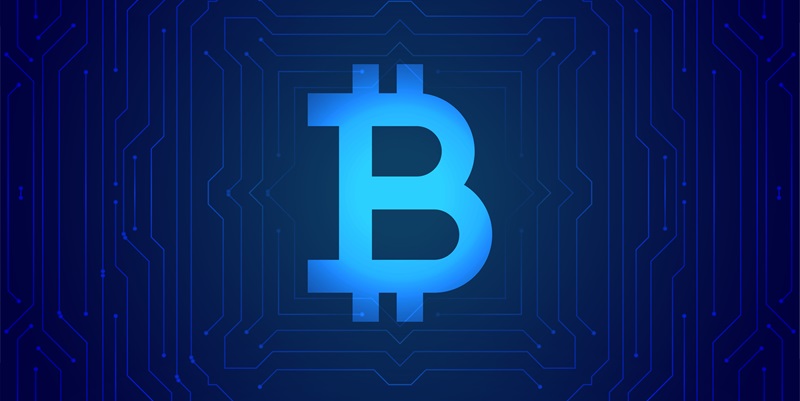Blockchain technology has surged to the forefront of the digital age, heralding a new era of trust and security in the online world. Its fundamental mechanism is the decentralized and immutable ledger, a transformative tool that has begun to reshape numerous industries. By enabling secure, transparent transactions without the need for traditional intermediaries, blockchain provides a framework for trust in a trustless environment—where parties do not need to know or trust each other for the system to function reliably.
This innovative leap entails not just a technological shift, but a profound reimagining of how businesses operate and engage with one another. Blockchain’s promise of a secure digital ledger is crucial in sectors where reliable data and transaction integrity are paramount. The transparency it offers ensures that all participants on the network have access to an unchanged transaction history, further reinforcing confidence in the system’s fairness and accuracy.
Financial Sector Transformation
The financial industry has been an early beneficiary of blockchain’s offerings. Traditional banking systems, often mired in dated processes and hefty fees for cross-border transactions, are giving way to streamlined blockchain solutions. These platforms offer near-instantaneous transactions and significantly lower costs, attracting both retail and institutional participants.
Blockchain’s impact extends beyond transactional efficiency. By eliminating intermediaries, it reduces counterparty risks and increases settlement speed, while cryptographic security measures deter fraud and unauthorized access. Digital currencies and assets are becoming legitimate, with their underlying technology poised to revolutionize everything from payment systems to asset management.
Supply Chain and Healthcare Innovation
In the supply chain domain, blockchain brings unprecedented transparency, allowing all stakeholders to track the provenance, transportation, and delivery of goods. This granular visibility minimizes the risks of counterfeiting and improves compliance with regulatory standards. Manufacturers, shippers, and consumers benefit from a shared truth reference that enhances efficiency and fosters trust across the entire supply chain ecosystem.
Healthcare has also started to experience the disruptive potential of blockchain. Patient records and sensitive data can now be securely shared among authorized parties, improving care coordination and medical outcomes. The incorruptible nature of blockchain means that patient histories are protected from tampering, thereby preserving privacy and improving trust among patients, providers, and insurers.
Challenges and Future Prospects
Despite its profound benefits, the blockchain revolution is not without its challenges. Scalability issues haunt several blockchain networks, limiting their ability to handle large-scale transactions. Environmental concerns stem from the energy-intensive proof-of-work algorithms powering networks like Bitcoin. Moreover, regulatory uncertainties remain as governments and industry bodies work to establish clear frameworks for cryptocurrency and blockchain applications.
Looking ahead, the convergence of blockchain with other emerging technologies such as artificial intelligence (AI) and the Internet of Things (IoT) promises an inspiring future. With continued innovation and responsible regulation, blockchain technology’s full potential can be unlocked, heralding a new chapter where trust and security become synonymous with digital transactions across industries. The blockchain revolution, while still in its infancy, clearly has the potential to redefine the digital landscape of the future.

